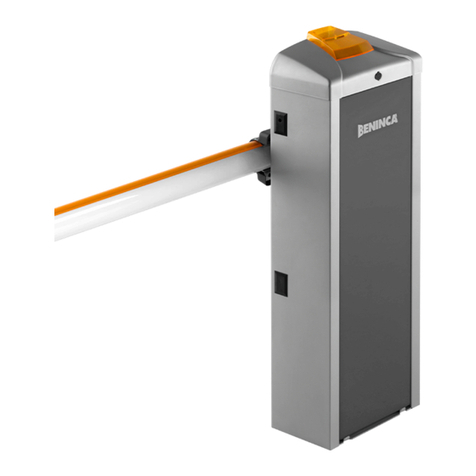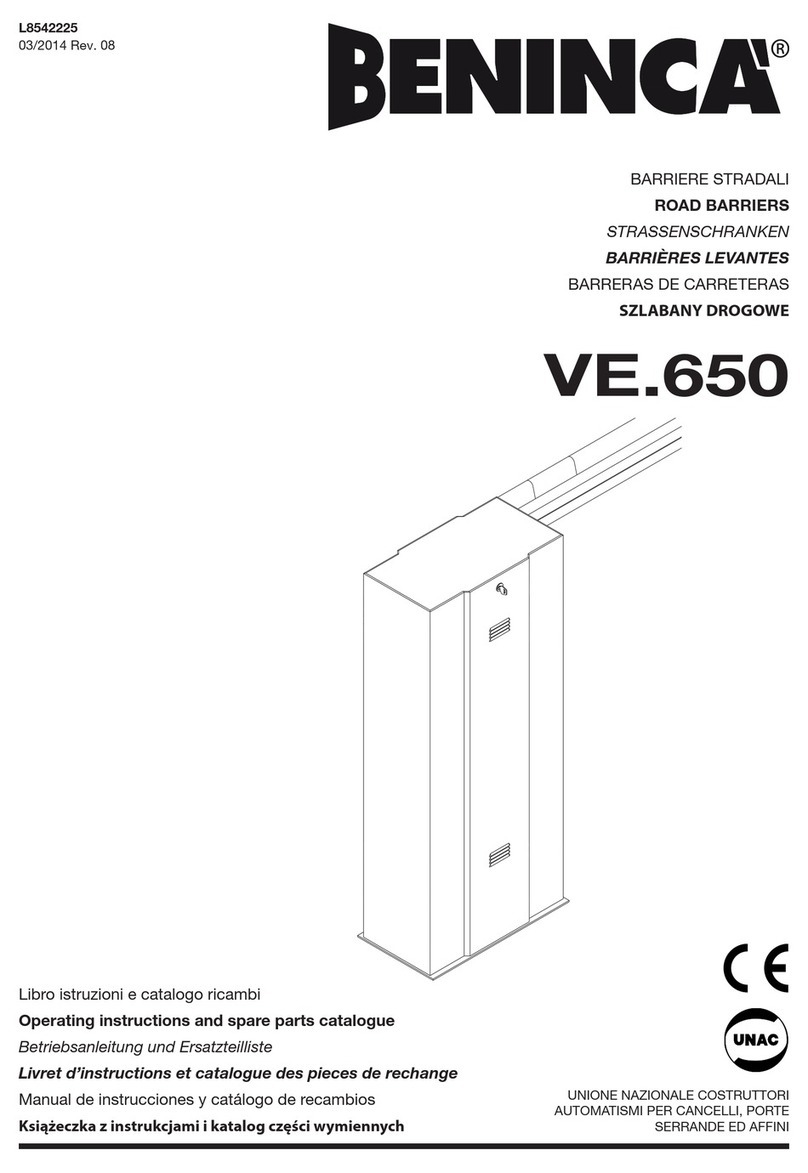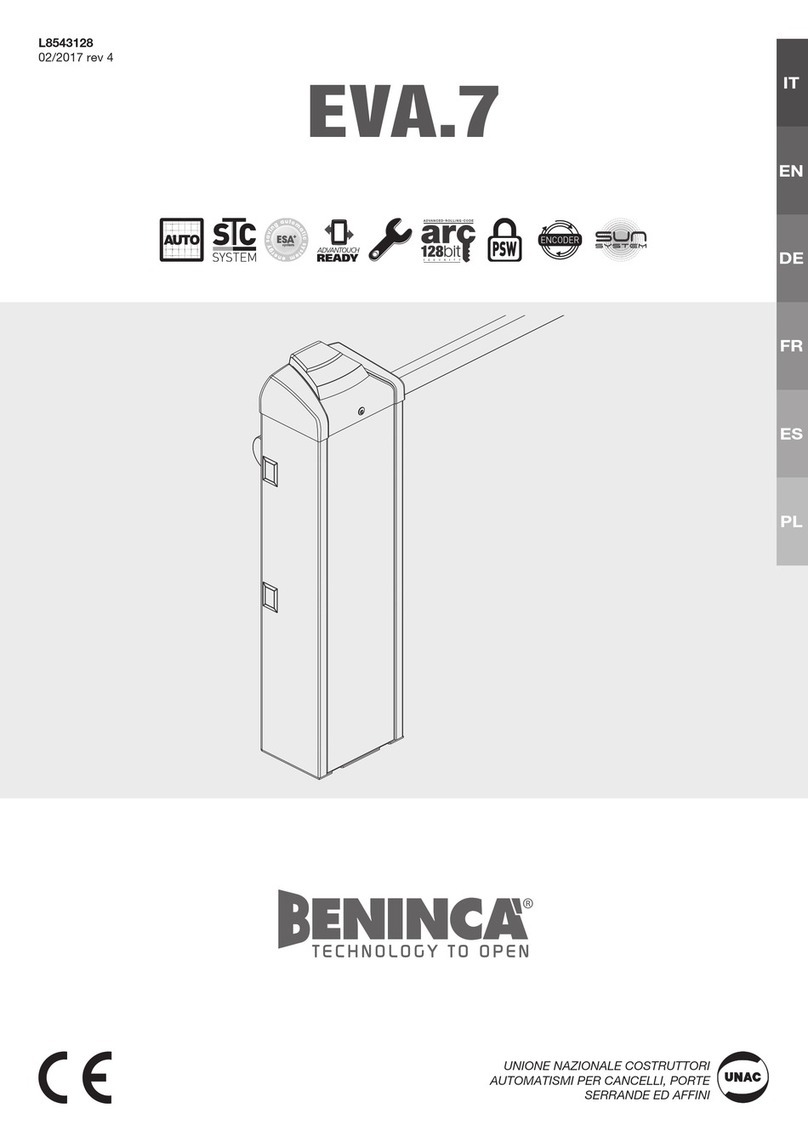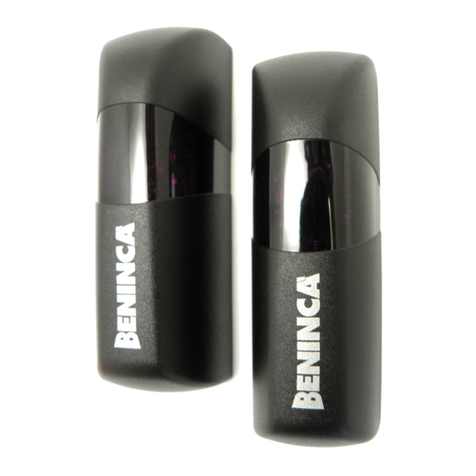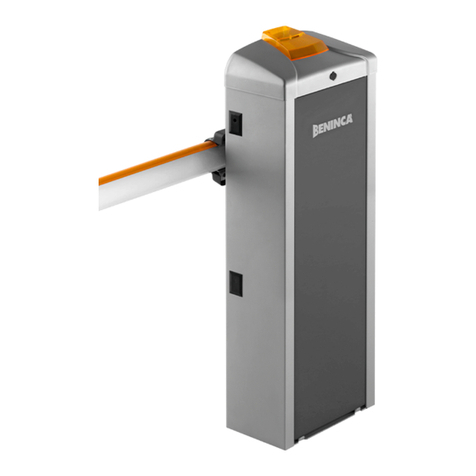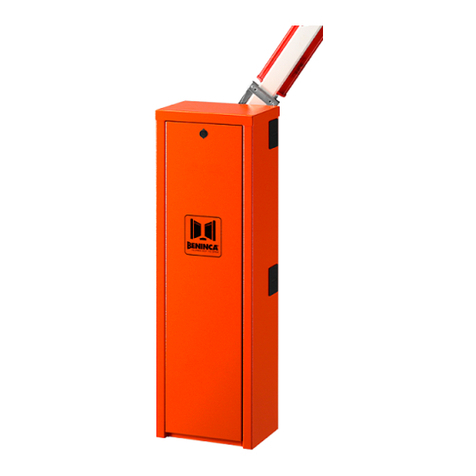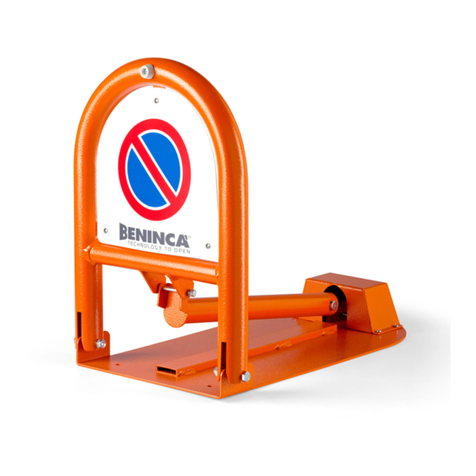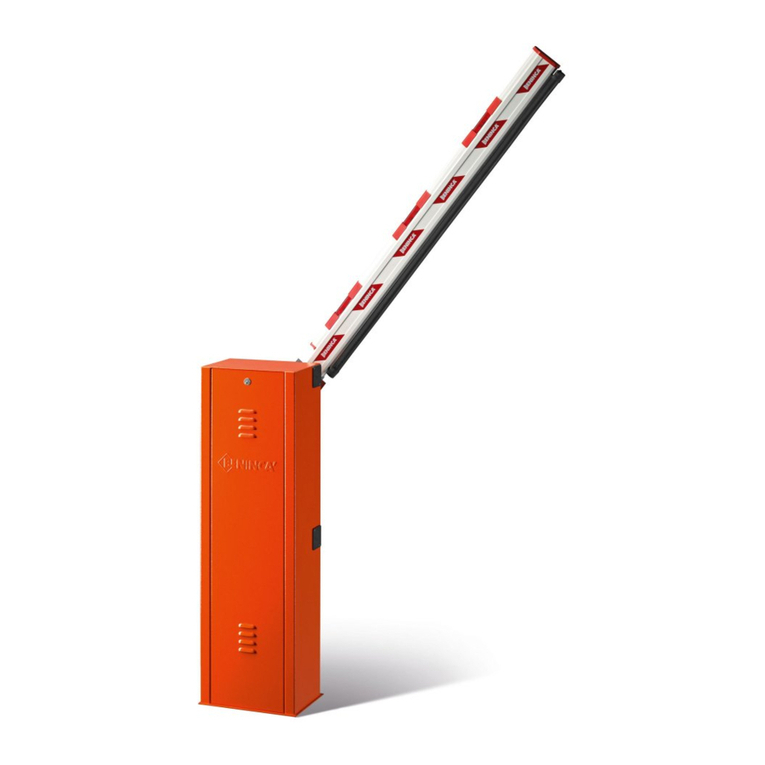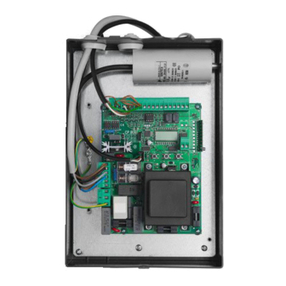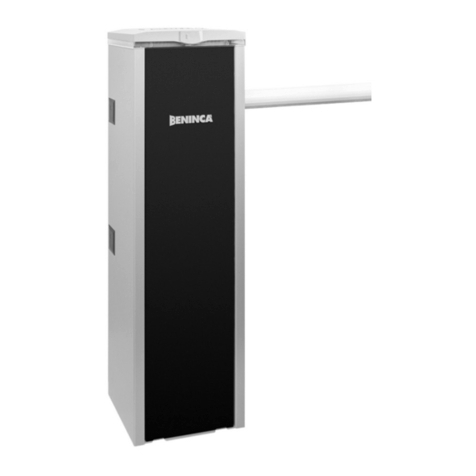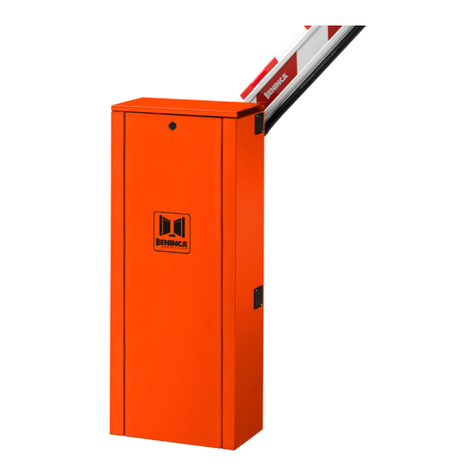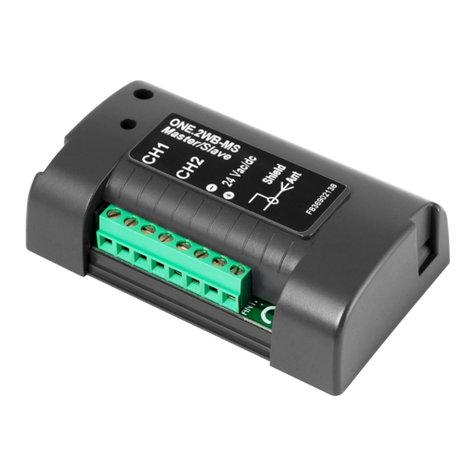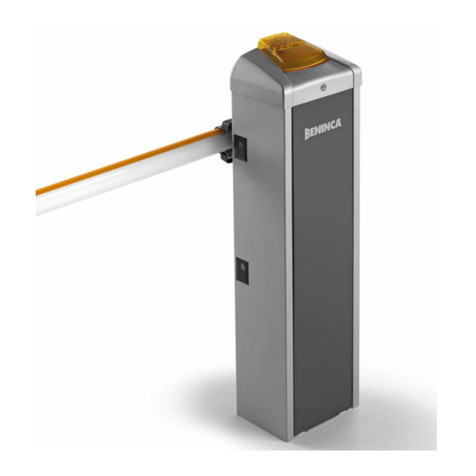
3
Introduzione
Ci congratuliamo con Voi per aver scelto la barriera stradale VE.400.
Tutti gli articoli della vasta gamma Benincà sono il frutto di una ventennale esperienza nel settore degli
automatismi e di una continua ricerca di nuovi materiali e di tecnologie all’avanguardia.
Proprio per questo, oggi siamo in grado di offrire dei prodotti estremamente affidabili che, grazie alla loro
potenza, efficacia e durata, soddisfano pienamente le esigenze dell’utente finale.
Tutti i nostri prodotti vengono costruiti in conformità alle norme UNI 8612 e sono coperti da garanzia.
Inoltre, una polizza R.C.prodotti stipulata con primaria compagnia assicurativa copre eventuali danni a cose
o persone causati da difetti di fabbricazione.
Introduction
Thank you for choosing ourVE.400 road gate.
All items in the wide Benincà production range are the result of twenty-years’ experience in the
automatism sector and of continuous research for new materials and advanced technologies.
We are, therefore, in the position to offer highly reliable products that due to their power, effective-
ness and useful life, fully satisfy the final user’s requirements.
All our products are manufactured to the standard UNI 8612 and are covered by warranty.
Possible injury to people or accidents caused by defects in construction are covered by a civil liabil-
ity policy drawn up with one of the major insurance companies.
Einleitung
Wir danken Ihnen dafür, daß Sie sich für die VE.400 Straßensperre entschieden haben.
Alle Produkte der umfangreichen Benincà Produktion sind das Ergebnis der zwanzigjährigen Erfahrungen
im Bereich der Automation und der ständigen Erforschung von neuen Materialien und fortgeschrittenenTech-
nologien.
Aus diesem Grund sind wir heute in der Lage, zuverlässige Produkte anzubieten, die, dank ihren Stärke,
Wirksamkeit und Haltbarkeit, der Anforderungen des Endverbrauchers völlig gerecht werden.
Alle Produkte sind nach UNI Normen 8612 gefertigt und durch Garantie gedeckt.
Eventuelle Personen- oder Sachschäden, die durch Fertigungsfehler verursacht werden können, werden
durch eine der wichtigsten Versicherungsgesellschaften gedeckt.
Introduction
Nous ne pouvons que féliciter d’avoir porté votre choix sur la barrière routièreVE.400.
Vingt années d’expérience dans le secteur des automatismes ainsi que dans le recherche de nou-
veaux matériaux et technologies de pointe,nous ont permis de développer tous les nombreux articles
de la gamme Benincà.
Pour ces raisons, nous sommes en mesure de proposer des produits extrémement fiables et qui
grâce à leurs puissances, performances et longévité, répondent aux exigences des utilisateurs.
Tous nos produits sont construits selon les normes UNI 8612 et sont garantis.
En plus, une police d’assurance responsabilité civile garantie la couverture d’éventuels sinistres à
personnes ou objects causés par les défauts de fabrication.
Introducción
Nos congratulamos con vd. por haber elegido la barrera de calle VE.400.
Todos los artículos de la vasta gama Benincà son el fruto de una veinteañal experiencia en el sector de los
automatismos y de una continua búsqueda de nuevos materiales y de tecnología de vanguardia.
Precisamente por esto, hoy nos encontramos en situación de poder ofrecer productos extremadamente
fiables que, gracias a su potencia, eficacia y duración, satisfacen plenamente las exigencias del usuario final.
Todos nuestros productos están construidos de conformidad con la norma UNI 8612 y están garantizados.
Además, una póliza R.C. productos, estipulada con una de las principales compañías de seguros, cubre
eventuales daños a personas o cosas causados por defectos de fabricación.
